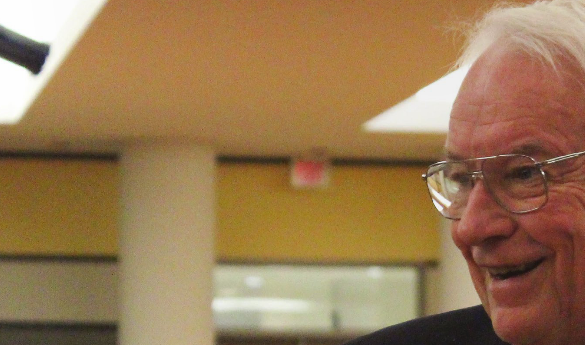Partnership with INTO may double international student population, increase revenue
Mason’s international student population may soon double thanks to a new partnership with INTO University Partnerships.
The for-profit, British organization assists universities in boosting the number of inter- national students they enroll, as well as working to improve the quality of education for international students. Currently, INTO has partnerships with five universities in the United States.
“We’re negotiating very hard with INTO, and we hope to have a contract to present to the board by Dec. 11,” said Provost Peter Stearns. “Our hope is that the board will vote to approve that contract, but until that happens, we’re talking probability, not certainty.”
According to Stearns, Mason has the potential of welcoming a higher number of international students.
“We’re currently at 4.5 percent, and we’re proud of our international students and how many we have from how many different countries, but it’s not a very high percentage,” Stearns said. “We would like to raise it, both for purposes of further globalizing the campus and because there are revenue implications that would be favorable to the university.”
INTO boasts the combination of their own resources along with the resources provided by the university to give students a personalized education that only their university can provide.
“INTO has an outstanding network of recruiting agents around the world,” Stearns said. “There’s no way we can replicate that. They have capacity that there’s just no way we can develop.”
Stearns said that INTO would partner with Mason in what is known as a “joint-venture” to organize a transition program for students to give them further work in English and some experience in academic courses for a year or so before they are matriculated into the Mason community.
The current proposal to establish a partnership with INTO is not the first. INTO approached Mason once before in 2008, but at the time, Mason officials refused a partnership.
“We were a little hesitant because they didn’t have an American track record,” Stearns said. The only American school INTO had a partnership with at the time was Oregon State University.
In addition to increased campus globalization and financial revenue for the university, Stearns indicated that an increased number of international students will further under- standing between the participating nations.
“One hopes that international students have a good experience in this country, and when they go back to their home countries, one has built some bridges that are beneficial to smooth international relations,” Stearns said.
If the partnership with INTO is approved by the board, Mason will retain many responsibilities for its international students program, including independent recruitment of students.
“We’ll continue our own recruitment,” Stearns said. “We regularly go to South Korea, China, Vietnam, and we have a very good connection with Saudi Arabia.”
The main benefit of Mason’s potential partnership with INTO will be increased numbers, according to Stearns. INTO will provide some investment money to the university, but ultimately financial assistance is not the predominant method of aid that the company will provide.
Stearns is also convinced of the quality of the program itself due to positive reviews from the other American institutions that currently have partnerships with the company.
“We have sent site visits during the summer to Oregon State and the University of South Florida,” Stearns said. “They have had a few issues, but in the main, they are uniformly enthusiastic about the numbers, the quality of the students and the impact on campus.”
Stearns also dismissed the notion that this partnership would negatively impact professors at Mason.
“This means that we will be hiring more faculty,” Stearns said. “Oregon State has hired 75-100 additional tenure-track faculty over the strength on the expansion of international students.”

